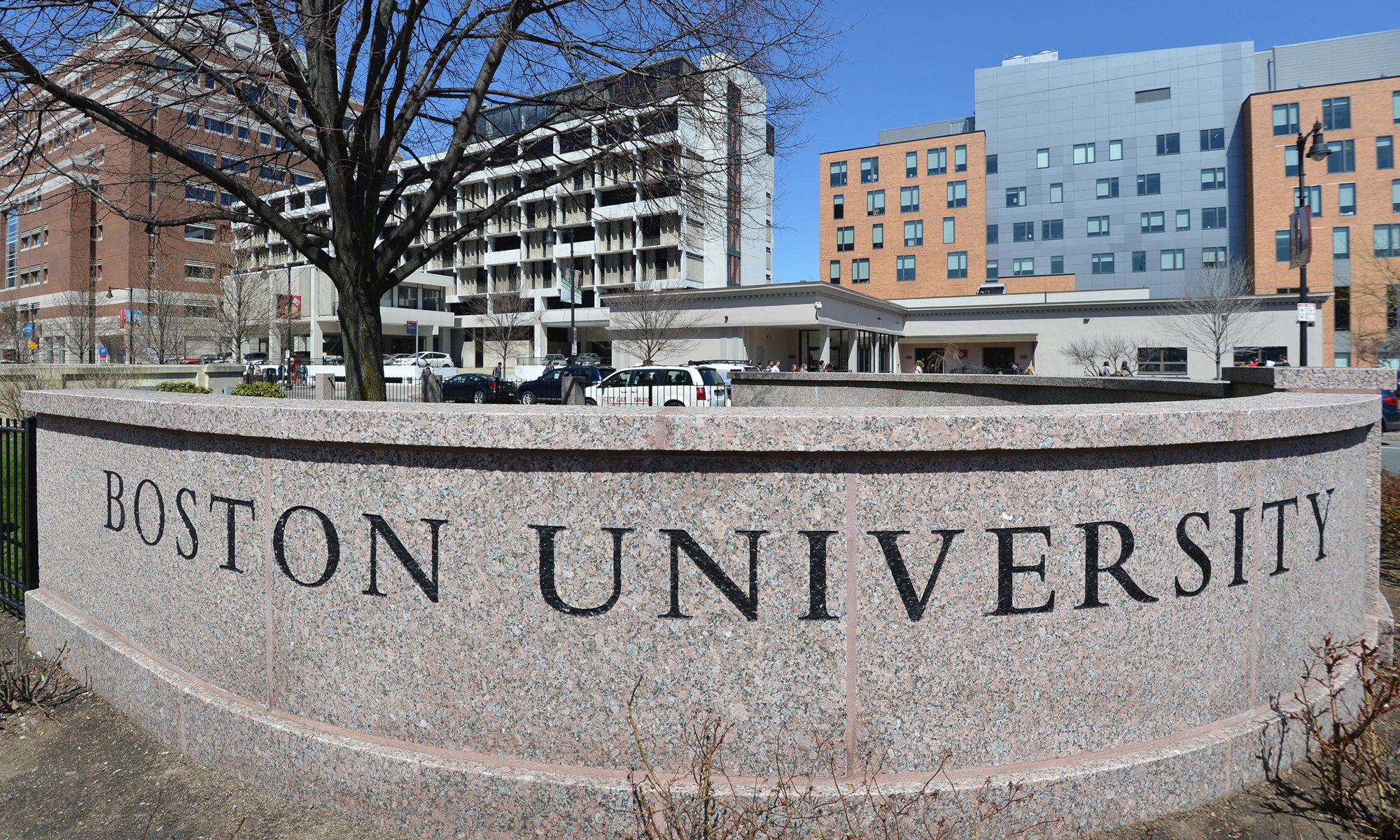How do universities and industry partners collaborate on research in a way that promotes innovation and accelerates the development of new technologies and products for the betterment of society? Why are these partnerships essential? What barriers and challenges can occur?
The UIDP Face2Face Conference at the end of March 2022 provided insights into these partnerships. UIDP is an organization made up of individuals from both universities and industry coming together to develop new strategies for collaboration.
One of the first the sessions, “Advancing Societal Interests through Strategic Collaborations,” facilitated by the National Science Foundation (NSF), shed light on what would become a recurring theme throughout the conference: a paradigm shift. After learning about increased funding opportunities for universities and research organizations in the legislative update, it seemed appropriate that the NSF presentation included a panel of university leaders to discuss how organizations can collaborate in a mutually beneficial way with industry partners, enabling all parties to achieve their goals and advance national interests.
Another theme that became evident through conversations with attendees is that there is no singular, perfect way to manage these partnerships. Universities deploy different models for managing the relationships and, relatedly, offices are structured differently at each institution. Some exhibit a well-coordinated, holistic model, while others have components of the partnerships managed by different offices.
Again and again, the audience heard the same message-- both industry and universities want to increase collaborations with each other and form true partnerships. That this isn’t always the case seemed to stem from a few common barriers:
- Industry opportunities must meet university needs.
- University proposals must meet industry needs.
- Both sides desire a true partnership.
It is critical to expand on the last point. Neither side always wants to simply be a signature on a paper, a funding source, or a provider of a facility or researcher. Both stakeholders want a seat at the table. While there is a time and place for more transactional types of relationships, a real conversation needs to be held beforehand so that both parties know what to expect and can benefit in the way they hoped from the partnership.
Yet another theme that emerged is that increased research funding means an increased opportunity for Diversity, Equity and Inclusion. A fireside chat titled “Leadership insights from Diverse Perspectives” facilitated conversation around a vital and often overlooked piece to this puzzle. While the session touched specifically on the engineering field, the themes are relevant to all STEM fields. Diversity, equity, and inclusion must be considered in the curriculum and culture across academia, and into university-community relations as well.
Kinnis Gosha, the Hortinius I. Chenault endowed division chair for Experiential Learning and Interdisciplinary Studies and director of the Culturally Relevant Computer Lab at Morehouse College, attended UIDP’s Mission in Motion. This multi-sector forum focused on bringing together HBCU’s, industry, other institutions, government, and non-profits to develop actionable collaboration strategies, prefaced the rest of the conference. Kinnis’s takeaway was that:
"Forming relationships with HBCUs and other Minority Serving Institutions (MSIs) is critical to ensure a diverse workforce. These institutions are the backbones to ensure that companies have a pool of well qualified workers to enter into positions and ultimately go on the leadership roles within those companies."
Research dollars are irrelevant if we don’t have people who can do the research. This starts with students in elementary school and is relevant all the way until they are in graduate school. One presenter in another session mentioned how crucial good math and science K-12 teachers are. Preceded by applause he stated, “Students have one bad year of math, and they are done,” indicating that falling behind can be highly detrimental to students.
By the time students are undergraduates, industry-university partnerships can drastically impact a student’s interests, career, and network. This is one area where aligning needs is crucial. Experiential learning opportunities have the potential to expose students to careers they never knew existed and to be mentored in a diverse environment. One example was shown in Activate’s presentation. Their yearlong pre-doctoral fellowships provide access to a network of mentors and other resources for students. The length of the program allows students to get an in depth feel of things, something many more surface level shorter opportunities lack. The partnership must be mutually beneficial to be successful.
Aligned needs were prevalent again in the presentation “Building an Innovation System Outside Urban Areas”. A panel of individuals from institutions nestled in small college towns discussed how they align needs to overcome geographical challenges that can prevent or deter partnerships with industry. The panel described low-stakes, high-reward opportunities for industry to collaborate. They also mentioned facilitating an environment that supports growth and solves real problems, forming a true holistic partnership, is extremely crucial. Lastly, knowing your university culture and value proposition will be helpful in finding relevant partners and will give you something to leverage when in conversations with industry.
Ultimately these partnerships are constantly evolving. Proctor and Gamble touched on this theme in their session. The way they innovate, and partner is continuously evolving to stay relevant and efficient.
How The InfoReady Platform Helps Universities With University-Industry Relations
- The InfoReady Platform helps make university-industry partnerships simpler. There are a few salient features in the platform that are important to facilitating university-industry partnerships.
- The InfoReady Platform is a cloud-based tool which provides a secure place that stakeholders from different or outside organizations can access and thus facilitate improved corporate engagement.
- Administrators and reviewers of applications for sponsored programs or funding can be from both industry and academia. This enables them to be true partners from the beginning of a process without having to share sensitive information over email.
- The InfoReady platform acts as a comprehensive database with reporting capabilities. This allows both parties to have access to data and information that can help inform strategy and track outcomes.
- InfoReady’s Engagement Hub serves as a hub to showcase opportunities otherwise scattered across different websites. Engagement Hub provides a space to advertise opportunities, announcements, technology/IP, and faculty and industry partners all in one place. Here is an example from the Agricultural Research Institute, part of the California State University System.




